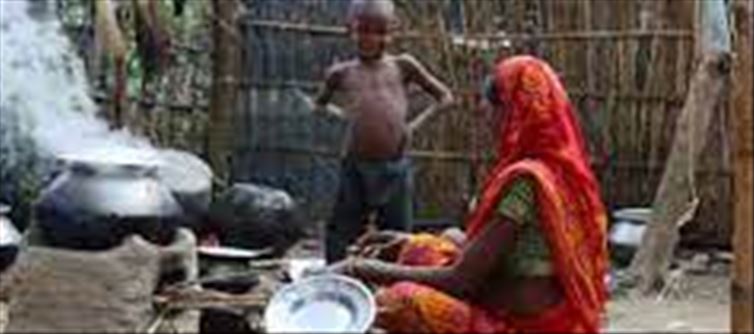
Which states' economic growth has been halted?
Violence and political turmoil in india have halted the economic progress of many states. Violence and political disputes have hindered trade, which has also affected job creation. Due to these reasons, the economic growth of many states of india has slowed down, which is not only affecting the local level but also the economy of the entire country.
In fact, recently the Economic Advisory Council of the prime minister (EAC-PM) has released a report titled 'Relative Economic Performance of indian States: 1960-61 to 2023-24'. This report focuses on significant disparities in the economic performance of indian states from the year 1960-61 to the year 2023-24.
According to the report, there is a huge difference in the pace of development between different states of India. Some states have achieved high economic growth rates in these years, while there are some states where people are still far away from basic development. The report cites political instability, violence, and lack of proper policies as the main reason for this inequality between states, which has hindered the economic progress of many states.
The report analyzes the social and economic structure of the states, the level of investment, and the pace of development. Based on this, it is clear that most prosperous states have accelerated economic growth through better policy decisions and stability, while weaker states have faced many challenges.
Which states developed?
According to the report, South indian states like Karnataka, Andhra Pradesh, Telangana, kerala and tamil Nadu are playing an important role in India's Gross Domestic Product (GDP). The report states that these states will contribute about 30% to the GDP by march 2024. While West Bengal's contribution to the Gross Domestic Product (GDP) has decreased significantly in the last few decades. According to the report, West Bengal's contribution to India's GDP was 10.5% in 1960-61, which will decrease to 5.6% in 2024. This is a significant decline, which shows that the economic condition of the state has changed.




 click and follow Indiaherald WhatsApp channel
click and follow Indiaherald WhatsApp channel